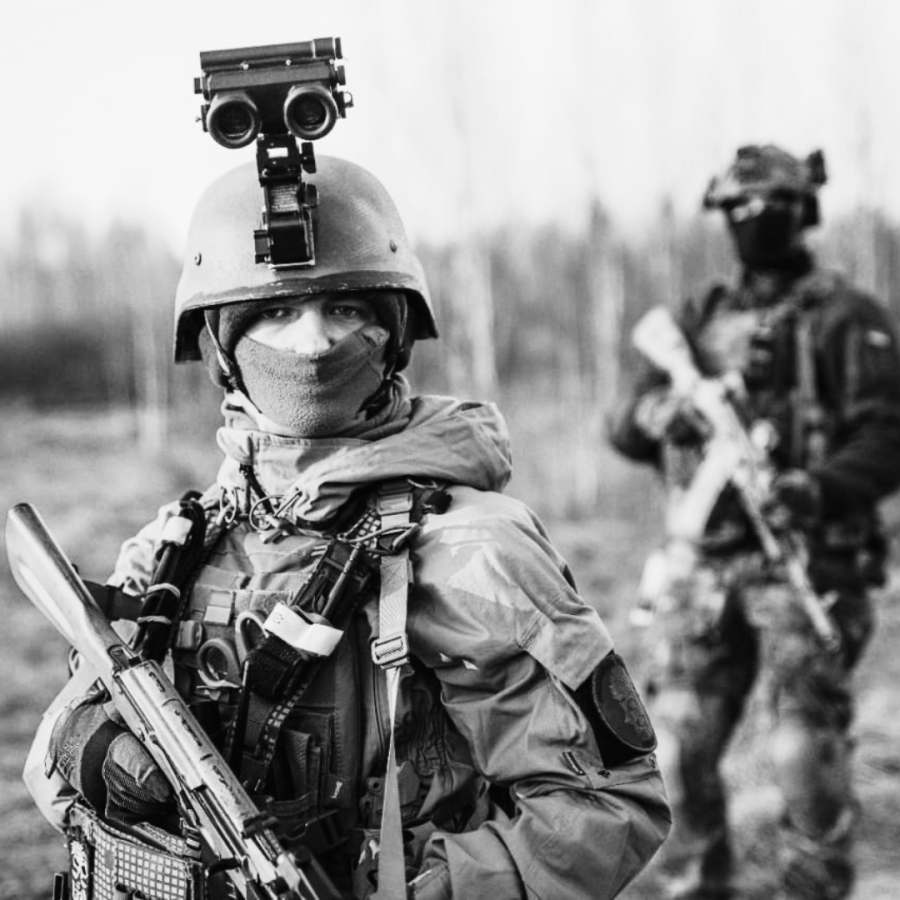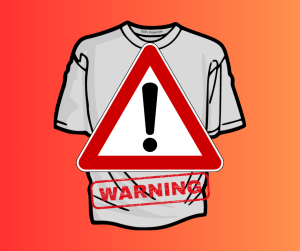One year later: the continuing conflict in Ukraine
Today marks the one year anniversary of Russia’s aggression in Ukraine
Members of Ukraine’s National Guard patrolling in 2022
February 24, 2023
Exactly one year ago today, on February 24, 2022, Russian forces staged a full-scale invasion of Ukraine. What was originally expected to be a swift conflict ending in a Russian victory has instead turned into a prolonged war that has killed tens of thousands of people, displaced millions more, and cost untold billions in damage. And an end to the violence remains out of sight.
On February 24 of last year, Russian President Vladimir Putin announced the commencement of a “special military operation” in the Donbas region of eastern Ukraine, due to false claims that the Ukraianan government was staging a genocide of Russians in Ukraine. The subsequent military invasion was the largest in Europe since World War II, with over 200,000 Russian soldiers being committed to the opening stages of the war. All in all, some 8 million Ukrainian citizens have been displaced as Russian forces swept into eastern Ukraine.
However, despite the odds seemingly stacked against them, the Ukrainans have managed to turn what the majority of people expected to be an easy Russian victory into a bogged down conflict that has left the Russians humiliated.
Hundreds of thousands of Ukranians have been drafted into the military to push back the Russian invaders, with a travel ban on all Ukrainian males aged 18 to 60 still in place from last year. Despite attempts in February and March of last year to take the Ukrainan capital of Kyiv and other cities in northern Ukraine, Russian forces were ultimately repelled and were driven back almost to the border. And in the south, Russians remain unable to take territory across the Dnieper River, a major river that cuts through the middle of Ukraine, meaning Russian forces are unable to invade the western portions of Ukraine.
However, the Russians have taken several key targets in the south: in May they managed to capture the city of Mariupol after a brutal three month long siege that left the majority of the city in ruins, and the city of Kherson in March.
After the dust had settled from the initial invasion, and Russia’s hopes to end the war werequickly dashed, the Ukranians staged several successful counter attacks during the summer months, driving the Russians east out of much of the territory they captured in the opening stages of the campaign. Notable was the Kherson Counteroffensive, which saw the liberation of Kherson in November, and sent Russian forces fleeing back to defensive positions.
While much of the success of Ukrainian forces thus far is of course thanks to the valiant resistance of the Ukrainian people, it is likely the war would have been lost had it not been for the military aid and equipment provided to Ukrainian forces by NATO countries. The United States has sent some $78.8 billion dollars worth of military aid to Ukraine, with the nations of the European Union not far behind. The aid has provided the Ukrainian military with modern weapons to supplement their aging Soviet-era military equipment, allowing Ukraine to effectively fight the more modern Russian military. A recent deal has been reached that will provide the Ukrainian armored force with top-of-the-line NATO tanks, including German Leopard 2s and American M1 Abrams, which will give Ukraine effective counters against Russian tanks. The sheer scale of the aid being provided to Ukraine has been a source of controversy, especially within the United States, with more conservative politicians pushing for more limited monetary support for Ukraine’s war effort. The relevance of the Russo-Ukrainian war in American interests is more frequently being called into question as more aid continues to be sent to the front.
“I don’t think it’s in our interest to be getting into a proxy war with China, getting involved over things like the borderlands or over Crimea,” said Republican governor of Florida Ron DeSantis. “The fear of Russia going into NATO countries and all that, and steamrolling, that has not even come close to happening.”
Regardless of the ongoing debate, the fact of the matter is that the continued flow of military supplies into Ukraine will be a deciding factor in how the war continues as it enters its second year, as Russia is expected to attempt major offensives in the coming months.
The war has also thrust Ukrainian President Volodymyr Zelenskyy into the limelight. Once just an actor who actually happened to have a role as the President of Ukraine in a television series, Zelenskyy has achieved fame for his strong leadership for Ukraine in the war thus far. When the United States offered to evacuate him from Kyiv at the beginning of the invasion, Zelenskyy declined, saying “the fight is here; I need ammunition, not a ride.” His decision to stay and continue leading his country has cemented his position in the eyes of the Ukrainian people as the greatest Ukrainian president to have served. Zelenskyy’s time as a wartime leader has been far from perfect however. He has banned eleven political parties with “pro-Russian” positions, which collectively received 18.3% of the vote in the most recent national elections. The move effectively alienated millions of Ukrainian voters, who found their parties to no longer be legal. Calls to repeal the decision have been ignored by the Supreme Court of Ukraine. Regardless, Zelenskyy’s questionable actions pale in comparison to Putin’s.
Putin has effectively stuck Russia and into a position where any deescalation of the war would leave the nation helpless against Europe and the United States. With much of the world already turned against him, along with debilitating economic sanctions, his only logical move is get what he came for: Ukraine. That is why he has been continuously escalating the conflict, whether by instituting a draft to move more Russians into the war effort this past September, or raising the Russian nuclear arsenal to high alert; Putin will work towards a Russian victory by any means necessary. This is the frightening reality of the war in Ukraine.
But even more frightening than Putin’s claims to “use all the means at our disposal” about the war is how quickly the war has fallen out of the public eye.
The fact that an armed conflict affecting millions of people does not even get more than a passing thought from the average person is worrying. The war rarely gets more than passing coverage in the news.
Many students, however, have been following the war, especially since so much has been documented on social media, including Instagram and TikTok.
“It hasn’t gotten better, but it doesn’t seem to be getting worse,” said freshman Jeremiah King-Harden. “I am mostly concerned about the children. I’ve seen a lot of videos of [the bombings] on social media and it’s really scary.”
Despite this, many people — including some RV students — are unaware that the war was continuing.
“I didn’t even know the war was [still] happening,” said junior Isaiah Kennedy.
The Russo-Ukrainian war has become a humanitarian crisis displacing millions of people and has dashed hopes for a peaceful world, at least for now. Hopefully this next year of the war will be its last.





